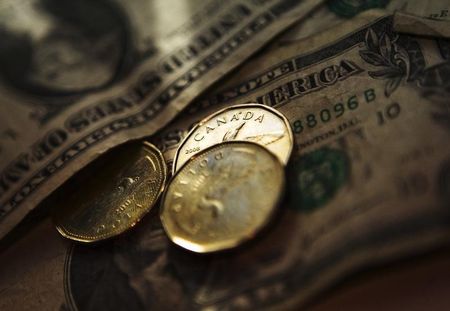The US dollar remained under pressure on Tuesday, weighed down by the risk of a US default, as the deadlock between Democrats and Republicans over raising the debt ceiling showed little sign of resolution.
The Australian dollar swung from a slight initial gain to a loss after economic data from its main trading partner, China, came in below analysts’ forecasts, adding to evidence of the flagging COVID recovery. The yuan fell to its lowest level in two months.
The Dollar Index – which measures the currency against a basket of six major currencies – was little changed at 102.47. Overnight, it fell from a five-week high to lose 0.26%.
Last week, the dollar was supported by safe-haven demand amid weak Chinese economic data and a surprise rise in US consumer inflation expectations, putting the risk of a Federal Reserve interest rate hike in June.
This week, however, the impending borrowing limit – which Treasury Secretary Janet Yellen has repeatedly said could be reached as early as June 1 – has forced investors’ attention.
President Joe Biden said he was confident a deal could be reached in good time ahead of a scheduled meeting with congressional leaders later in the day on Tuesday. However, Republican Speaker of the House of Representatives Kevin McCarthy said the two sides were still far apart.
“There has been a bit of complacency that the market generally thinks something will be done, but if you don’t prepare for the worst there could be a lot of pain,” said Bart Wakabayashi, director of a branch on State Street in Tokyo.
“What’s interesting is that the dollar is weak, and usually when the risk is reduced, people buy the dollar,” he added.
“So there’s a correlation breakdown, and when the correlations don’t work, people don’t know what to do.
The euro, which has the biggest weight in the Dollar Index, was little changed at $1.0870 on Tuesday, after bouncing off a five-week low overnight.
The pound slid 0.13% to $1.2515, after rising 0.67% since Monday.
The yen, which has been hit by the widening spread between US and Japanese long-term yields, moved away from near two-week lows.
The dollar lost 0.08% to 135.975 yen after hitting 136.32 on Monday.
The 10-year Treasury yield fell to around 3.49% in Tokyo, after hitting 3.511% overnight.
The Australian dollar, which is not part of the Dollar Index, erased initial gains ahead of Chinese retail sales and industrial production data, then slumped after the release. It was down 0.33% at $0.6678.
“The Aussie’s rise appears to have been capped in due course by investor concerns over China’s outlook,” said Sean Callow, senior FX strategist at Westpac.
“Today’s data will put the Aussie back on its heels,” he added, predicting the currency could weaken to around 0.6645, the lower boundary of its recent trading range. .
The dollar gained 0.2% to 6.9723 yuan in the offshore market, after hitting 6.9749 on Monday for the first time since March 10.
2023-05-16 06:12:15
#dollar #depressed #risk #default #payment #United #States #Aussie #Yuan #hurt #weak #Chinese #data


